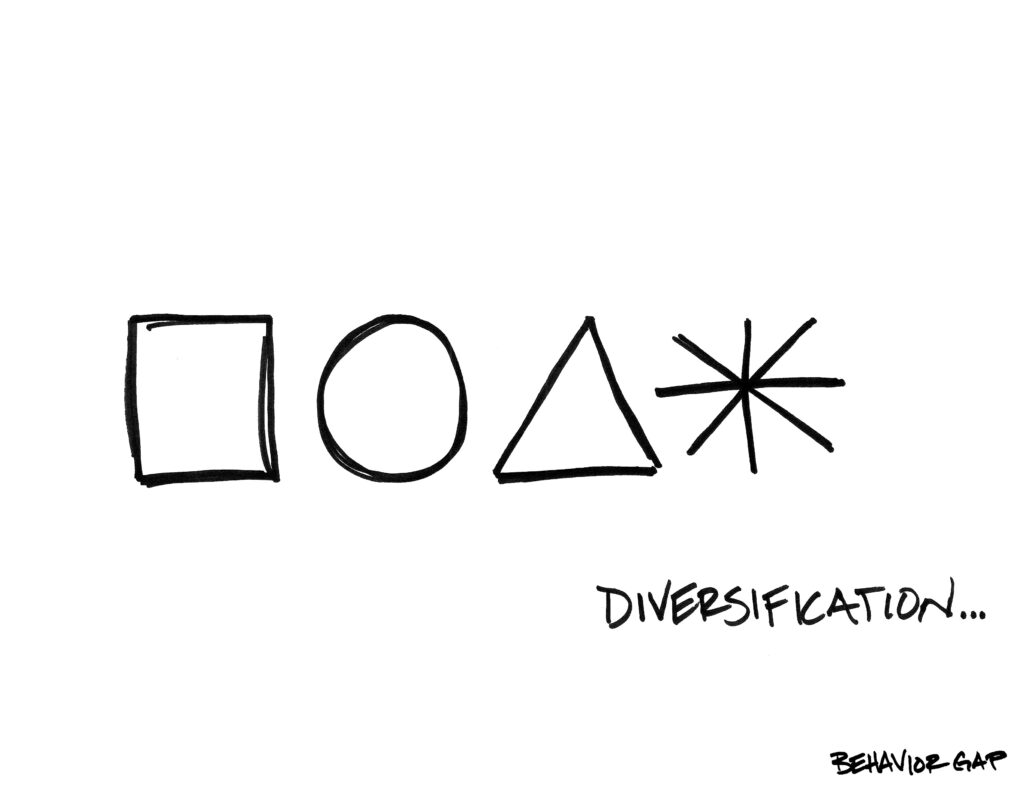A question people often ask themselves when considering investing is: should we concentrate our investments in potentially high-reward opportunities or take a more measured approach? The answer to this question is ‘it depends.’ Different people have different situations and objectives. These situations and objectives define how appropriate different investment approaches are. However, a valuable concept that can help you answer this question is the difference between core wealth and project investments.
Understanding Core Wealth
Core wealth represents the foundation of your financial future – it’s the money you’re setting aside for retirement, family needs, and long-term security. Unlike speculative investments, core wealth demands a strategic approach focused on diversification and risk management. Think of it as your financial backbone, supporting your lifestyle and future goals.
Project Investments vs Core Wealth
While project investments – like individual stocks, property developments, or even cryptocurrency (although it’s a stretch to call cryptocurrency an investment) – might offer exciting potential returns, they come with concentration risks. As mentioned earlier, appropriateness depends on the situation and objective. The spread of potential outcomes with these investments is too broad to plan effectively (e.g., could make or lose lots of money). As such, we can’t rely on them to form part of your plan to meet your goals.

However, if you have a core wealth strategy that will enable you to meet your goals and if you have additional funds or income left over, this can be allocated to projects. The key is understanding where each investment type fits your overall financial picture.
Implementation Strategies
Building core wealth requires a systematic approach:
1. Define your long-term financial goals
2. Assess your risk tolerance
3. Create a diversified portfolio aligned with your objectives
4. Regularly review and rebalance as needed
When implementing your core wealth strategy, it’s crucial to understand the principles behind diversification and market efficiency. Market efficiency is the understanding that prices generally reflect all available information. As such, the price of an investment is fair. This concept underpins our approach to building diversified portfolios that aim to capture market returns while managing risk.
The Power of Diversification
At the centre of core wealth building lies diversification, which isn’t just about owning many different investments. It’s about strategically spreading risk across various asset classes, sectors, and geographical regions, capitalising on efficient and transparent market pricing and cost-effective investment vehicles. This approach helps reduce the impact of any single investment’s poor performance on your overall portfolio. By diversifying, you’re not putting all your eggs in one basket, which helps smooth out the ups and downs of market volatility over time.
Moreover, a well-diversified core wealth portfolio typically includes a mix of stocks, bonds, and potentially other asset classes like real estate investment trusts (REITs) or commodities. The exact allocation depends on your individual goals, risk tolerance, and time horizon. For instance, younger investors might lean more heavily towards stocks for growth potential, while those nearing retirement might increase their bond allocation for stability.
It’s also important to consider cost-effective ways to implement this diversification. Index funds and exchange-traded funds (ETFs) often provide broad market exposure at a lower cost than actively managed funds. This aligns with the principle of market efficiency, as these vehicles aim to track market performance rather than trying to beat it, which can be very challenging and costly over the long term.
Successful wealth building isn’t about chasing the highest returns – it’s about creating a sustainable foundation to support your financial goals over time

